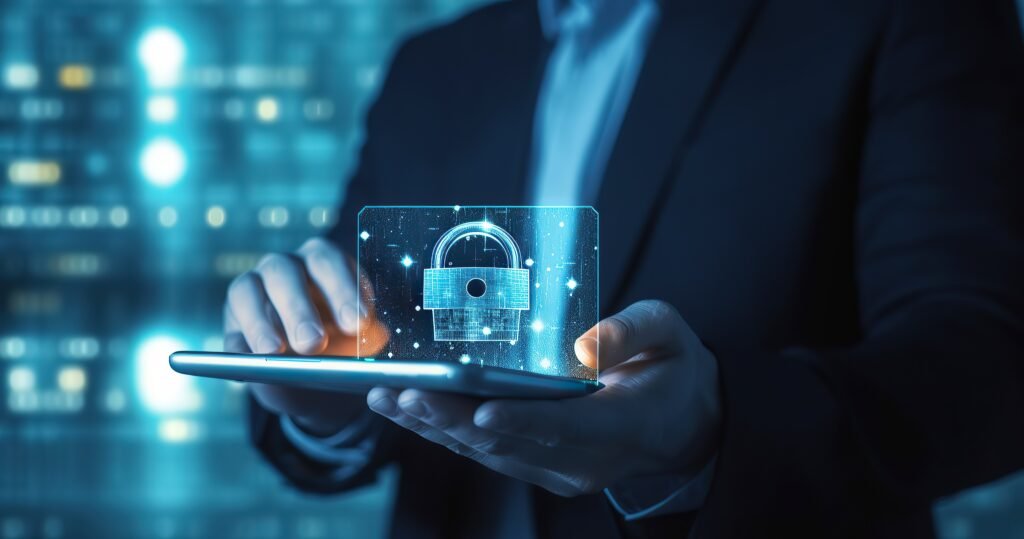12 Best Cybersecurity Practices for a Remote Workforce
Gone are the days when work was confined within the four walls of an office. The digital era has ushered in the convenience of remote work, offering a blend of flexibility and productivity outside the traditional workspace. However, this shift also brings to the forefront the critical issue of cybersecurity. As remote work becomes increasingly prevalent, so does the responsibility of safeguarding your organization’s data against the myriad of cyber threats lurking in the digital world. From phishing scams to unsecured Wi-Fi networks, the risks are manifold. But fret not! In this comprehensive guide, we’ll walk you through essential cybersecurity practices to keep your remote work safe and secure. Ready to fortify your digital defenses? Let’s dive in!

Key Cybersecurity Practices for Remote Work:
1. Understand Your Organization’s Telework Policies: First things first, familiarize yourself with your organization’s telework policies. These guidelines often outline acceptable work locations, approved devices, and security protocols. By staying informed, you’re already taking a significant step towards secure remote work.
2. Device Diligence: Stick to using organization-approved devices for work. Personal devices might be convenient, but they often lack the necessary security measures, making them vulnerable to cyberattacks.
3. The VPN Shield: Whenever you’re accessing sensitive information or files, make sure to use a Virtual Private Network (VPN). VPNs create a secure tunnel for your data, shielding it from prying eyes on the internet.
4. Click with Caution: Phishing attacks are increasingly sophisticated. Always think twice before downloading attachments or clicking on links from unknown sources. When in doubt, a quick call to the sender can save you from a potential cybersecurity nightmare.
5. Physical Security Matters: Whether you’re working from a café or a co-working space, never leave your devices unattended. Physical security is just as crucial as digital security.
6. Trustworthy Connections Only: Public Wi-Fi networks are convenient but notoriously insecure. Stick to trusted networks or use your cellular connection for work-related tasks.
7. Router Hygiene: Keep your home Wi-Fi router updated with the latest software and protect it with a strong, unique passphrase. An updated router is your first line of defense against external threats.
8. The Art of Strong Passwords: Create robust passwords that are a mix of upper and lowercase letters, numbers, and symbols. And remember, sharing passwords online is a strict no-no!
9. Multi-factor Authentication (MFA): Embrace the slight inconvenience of MFA for an added layer of security. MFA makes it significantly harder for hackers to gain access to your accounts.
10. Email Encryption: When dealing with sensitive information, encrypt your emails. This ensures that your data remains secure, even if intercepted.
11. Stay Updated: Regularly update your devices’ operating systems, web browsers, and applications. These updates often contain critical security improvements.
12. When in Doubt, Reach Out: If you encounter technical issues, resist the urge to go DIY on troubleshooting. Your organization’s IT department is equipped to handle these issues securely.
Creating a Secure Remote Work Environment:
Embracing these cybersecurity practices for remote work not only protects your organization’s data but also fosters a secure digital workspace for yourself. Remember, cybersecurity is a shared responsibility. By implementing these measures, you’re contributing to a culture of security within your organization.
Get in Touch:
Contact Us: Drop us a line here for any questions or support.
Connect on LinkedIn: Stay in the loop. Connect with us on LinkedIn for the latest insights.
